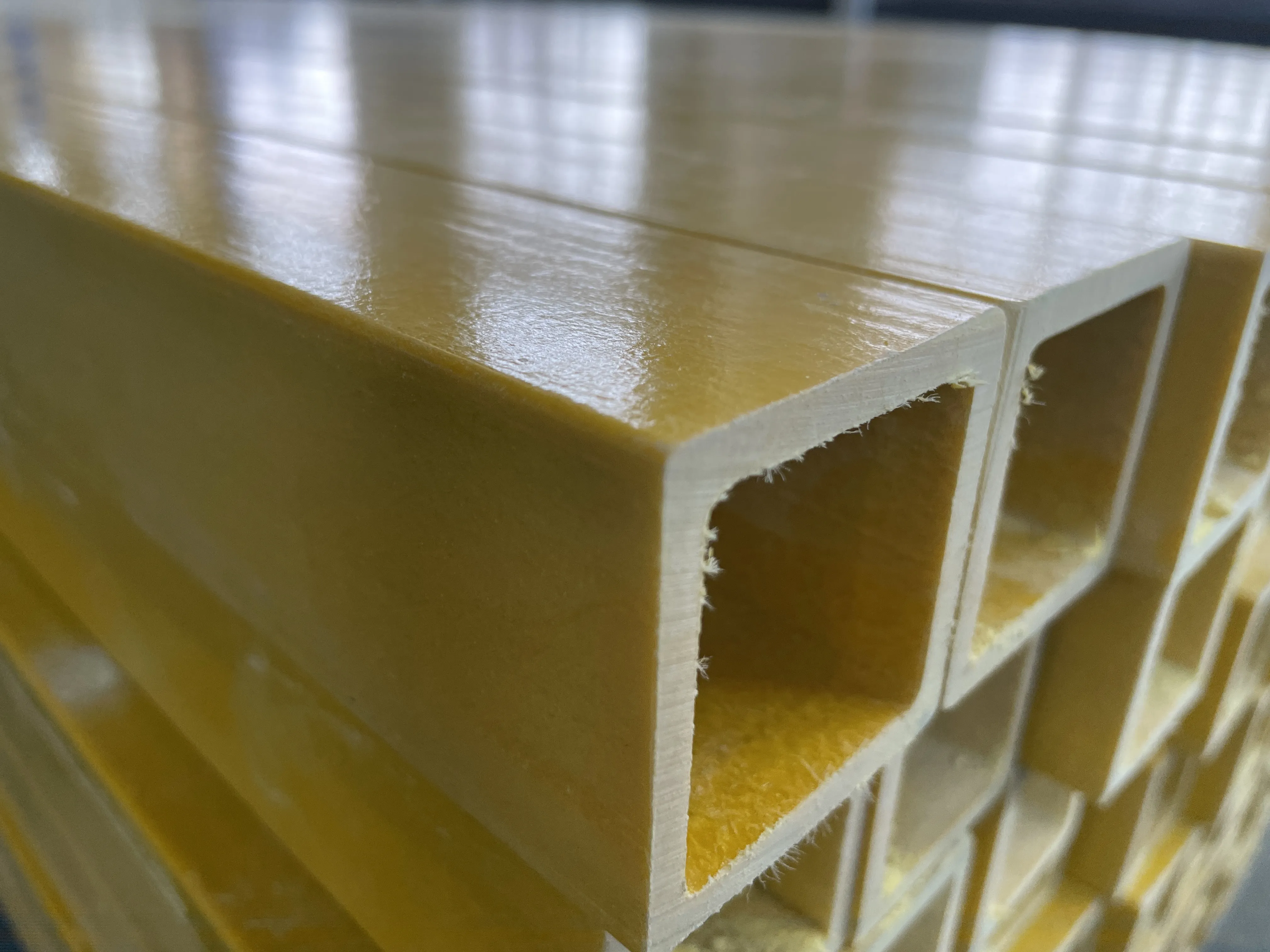loading...
- No. 9, Xingyuan South Street, Dongwaihuan Road, Zaoqiang County, Hengshui, Hebei, China
- admin@zjcomposites.com
- +86 15097380338
- Welcome to visit our website!
Exploring the Properties and Applications of Composite Grating in Optical Engineering
Composite gratings are a fascinating and increasingly important topic in the realms of optics and photonics. These intricate structures, which are composed of juxtaposed or interleaved sub-gratings with different periods or orientations, offer unique advantages for manipulating light in various innovative ways. As the demand for high-performance optical devices grows, composite gratings are gaining attention for their ability to fine-tune light propagation, diffraction efficiency, and spectral filtering.
At the core of composite gratings is the principle of superposition, where multiple periodic structures are combined to create a new grating pattern that embodies the characteristics of each constituent element. By carefully designing these sub-gratings, one can exploit the interference effects that arise when light encounters the composite structure. This allows for precise control over the diffraction angles, efficiency, and wavelength selectivity, broadening the scope of their applications.
One prominent application of composite gratings is in advanced spectrometers. Traditional spectrometers rely on simple gratings to disperse light into its constituent wavelengths. However, composite gratings can enhance the resolution and sensitivity of these devices, allowing for more accurate identification of spectral lines. This is particularly beneficial in fields such as astronomy, environmental monitoring, and medical diagnostics, where precise spectral analysis is crucial.
Another area where composite gratings shine is in the development of lasers and optical communication systems. By integrating composite gratings into laser cavities, engineers can achieve more stable and narrow linewidth outputs, enhancing the performance of laser systems. In optical communication, composite gratings are instrumental in dense wavelength division multiplexing (DWDM) technologies, where they help in multiplexing and demultiplexing multiple optical signals with minimal cross-talk and high precision.
composite grating

Furthermore, composite gratings play a significant role in the advancement of optical sensors. These sensors leverage the unique diffraction properties of composite gratings to detect changes in environmental parameters such as temperature, strain, and chemical composition. The high sensitivity and specificity offered by these gratings make them ideal for applications in industrial monitoring, healthcare, and security.
The manufacturing of composite gratings presents its own set of challenges and opportunities. Advanced fabrication techniques such as electron beam lithography, focused ion beam milling, and interference lithography are employed to create these intricate structures with nanometer precision. Recent advancements in materials science have also introduced novel materials like metamaterials and photonic crystals into the design of composite gratings, further expanding their functional capabilities.
In conclusion, composite gratings represent a versatile and powerful tool in the field of optics and photonics. Their ability to manipulate light with high precision and efficiency makes them invaluable in various technological applications. As research and development in this area continue to progress, we can expect composite gratings to play an even more critical role in the design and optimization of state-of-the-art optical devices, paving the way for new innovations and advancements in science and technology.
-
GRP Structures: The Future of Lightweight, High-Performance EngineeringNewsJun.20,2025
-
FRP Water Tank: High-Performance Storage for Corrosive and Clean Water SystemsNewsJun.20,2025
-
FRP Square Tube: The New Industry Standard for Chemical and Structural ApplicationsNewsJun.20,2025
-
FRP Pultruded Profiles: The Ultimate Choice for Lightweight Structural StrengthNewsJun.20,2025
-
FRP Handrails: The Safer, Smarter, and Stronger Choice for Modern InfrastructureNewsJun.20,2025
-
FRP Grating: The Smart Solution for Durable, Lightweight Industrial FlooringNewsJun.20,2025
-
Why Choose a Galvanized Water Tank for Your Storage NeedsNewsMay.21,2025
